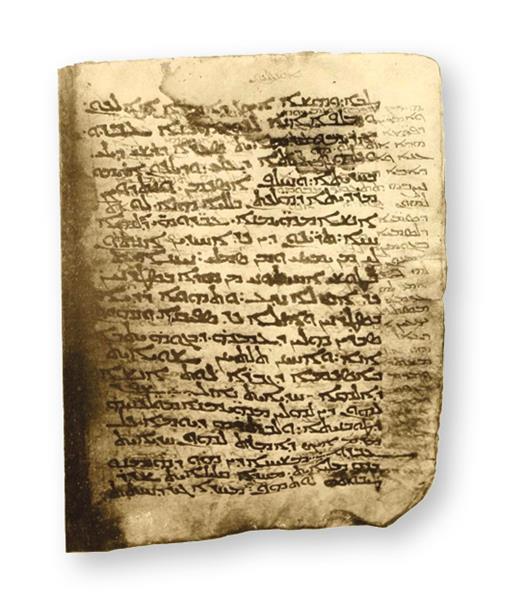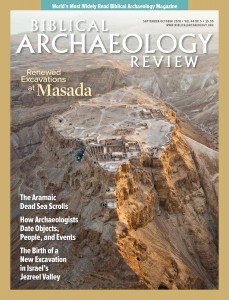Who discovered the Sinaitic Palimpsest?

Answer: Agnes Smith Lewis
The Sinaitic Palimpsest—the earliest surviving copy of the four Gospels in ancient Syriac—ranks among the most treasured manuscripts of the New Testament. It was penned in the early fifth century, but it was not until the end of the 19th century that the world learned about its existence, thanks to the discovery by Agnes Smith Lewis (1843–1926).
The identical twins Agnes and Margaret Smith were born in 1843 into a Scottish Presbyterian family. They lost their mother as newborns and were both widowed at an early age. Although not permitted to earn university degrees, the sisters mastered many languages—both major European languages and a handful of ancient ones. They enjoyed traveling, an activity they fully embraced after their father’s death left them with considerable means.
Driven by devotion rather than scholarly pursuits, Agnes and Margaret traveled to Sinai in 1892, where they visited St. Catherine’s Monastery. The world’s oldest continually operating monastery, St. Catherine’s boasts an exceptional collection of manuscripts from the first millennium C.E. While browsing the manuscripts, Agnes took interest in a parchment known today as Codex Sinaiticus Syriacus or the Sinaitic Palimpsest—the term palimpsest meaning that it is a recycled manuscript, a document written over an older, erased document. Once the importance of the erased text became apparent, the sisters organized a follow-up expedition to the monastery in 1893 aimed at producing a text of the manuscript (published in 1894).
Already a library member? Log in here.
Institution user? Log in with your IP address.

